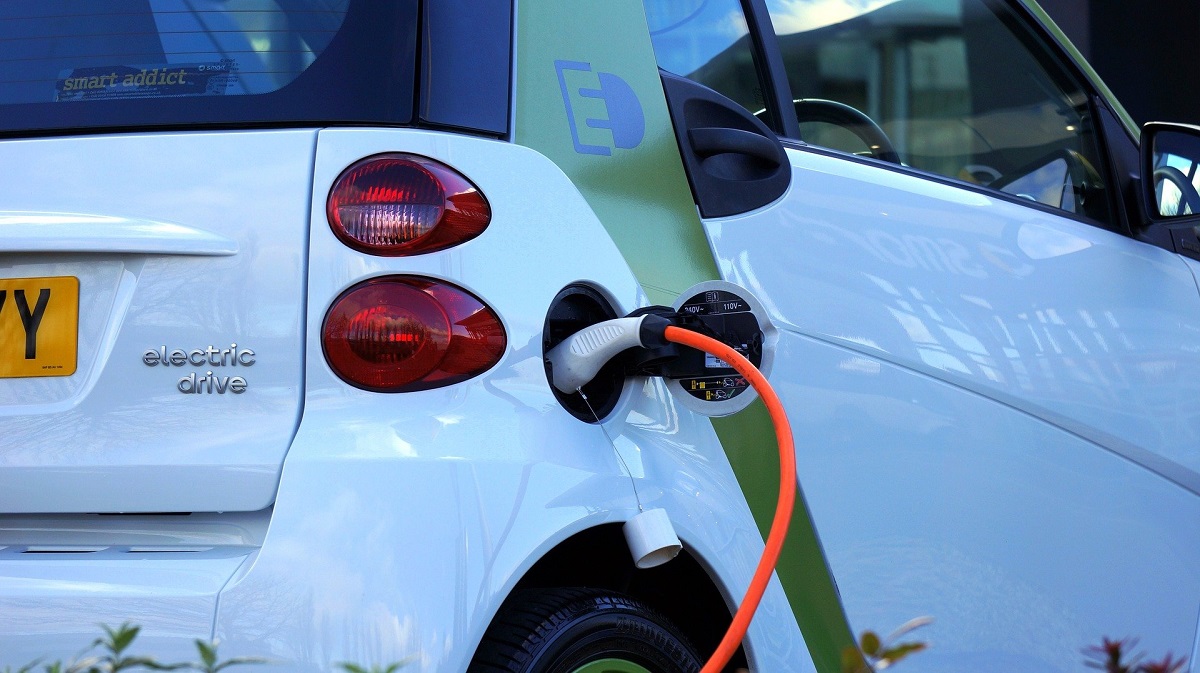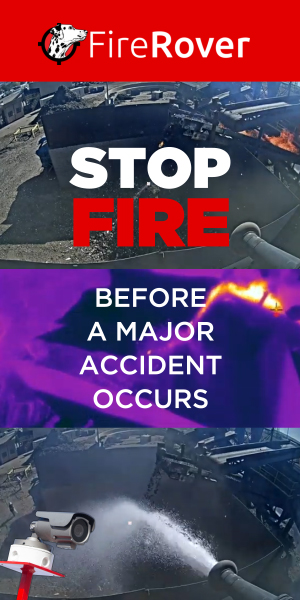This article is from the Nickel and Stainless Spotlight: Predicting the Unpredictable session during ISRI2021. Many of the programs available in ISRI2021 will remain available to convention registrants through May 20 on demand. The exhibit hall will remain open during that time as well.
Progression of electric vehicles into the global market, and China’s dominance in stainless steel production, will continue to drive the nickel and stainless marketplace, experts at ISRI2021 explained. Nidhi Turakhia, ISRI Gulf Coast Chapter president, and executive vice president of Allied Alloys, moderated the session, which featured Markus Moll, director of Steel & Metals Market Research GmbH, and Alina Racu, market analyst at Nornickel.
COVID-19 stagnated growth for nickel and stainless demand in 2020, and the bounce back will be steady, experts predict. Racu states the long-term growth of nickel demand will come from the battery sector, driven by environmental, social, and governance legislation. Europe is the new center of growth based on high-nickel chemistries. President Joe Biden has set a goal of halving U.S. 2005 greenhouse gas emissions by 2030; meanwhile China wants to be carbon-neutral by 2060.
China’s eco-friendly ambitions match the strides it has taken in crude stainless production. According to Moll, in 2000, China made 3% of the world’s stainless steel; in 2020, 40%. China and Indonesia in 2021 are approaching a 65% share of global stainless crude production. “Where will that end? Will there be, 10 years from now, no stainless industry left outside China and Indonesia?” Moll asks. The vast Indonesian plant owned and operated by Chinese stainless steelmaker Tsingshan opened in 2017. The choice of location was no coincidence: Indonesia has the world’s largest reserves of raw nickel, and in 2020 Jakarta banned ore exports to incentivize foreign investors to help develop a full nickel supply chain in the country.
Nornickel predicts the most likely scenario for scrap nickel from batteries involves lithium-ion batteries with an 18-year average lifecycle. By 2030, the collection rate of used batteries could be 60%, creating a 20% scrap versus newly mined material situation. “If the majority of nickel batteries will not have a second usage, and if collection ratios will be higher, then the scrap ratios can rise to 40% or even 50%,” Racu says.
Electric vehicles will have tremendous impact on the scrap stainless market, Moll predicts. Today, the average vehicle contains about 40 kilograms (88 pounds) of stainless. Of that, 30 kilograms come from exhaust components, and the rest from engine parts. “All these applications depend on the combustion engine, and we don’t need those in an e-car,” Moll declares. In 10 years, hybrid cars will be gone, leaving electric and hydrogen fuel cell vehicles; new vehicles will contain 20% of the stainless steel found in current models, he says.
In 2020, 300-series stainless dominated the long and flat products markets, according to SMR. Duplex remained a single-digit niche product. Among producers, “The racehorses today are using blended scrap. The jumpers are using either pure scrap, duplex, things like that, or ferroalloys and things like that,” Moll says. The 2020 stainless scrap market amounted to just over 12 million metric tons. End-use scrap made up 36%; first-use scrap counted for 32%. Revert scrap pulled 23% of the total and blends counted for 9%.
Photo Courtesy of Mikes-Photography on Pixabay. Caption: Electric vehicles increasingly will drive nickel and stainless steel markets.
Additional Resources













